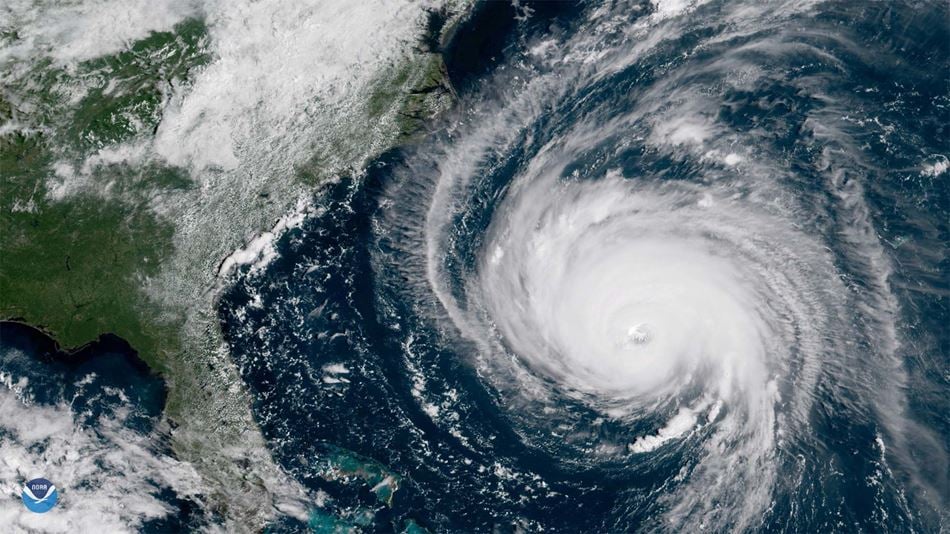Initially launched in 2013 for earthquakes, the REDi guidelines are intended to act as a companion to modern building codes, enabling designers to achieve beyond-code resilience objectives. Each set of guidelines is framed around four pillars of resilience-based design — Operational Resilience, Building Resilience, Site Resilience, and Resilience Assessment — which enable owners and designers to deliver buildings which better withstand natural disasters. The guidelines also outline three rating tiers — Silver, Gold, and Platinum — each representing increasing levels of performance during and after events. Platinum- and Gold-rated buildings are designed to be relatively undamaged after major natural disaster events, and Silver-rated buildings are expected to sustain some damage but are designed with measures in place to hasten recovery.
REDi for Extreme Windstorms considers several types of impactful wind hazards and their potential impacts on building integrity and operation. The guidelines address the key mechanisms of wind-induced damage including building envelope and non-structural damage; structural response and failure; damage adjacent to the building that may prevent site access; utility disruption; and wind-driven projectiles and debris. They also guide the design team in implementing the following resilient design considerations:
-
Generation of a cohesive resilience vision among all involved parties
-
Implementation of that vision along axes of operational, site, and physical building resilience
-
Assessment of the design to ensure that the resilience objectives are achieved
By clearly taking design stakeholders through this process, the guidelines ground abstract concepts of resilience into an actionable design guide that can be readily implemented on projects. The ultimate goal is the wide deployment of this design guide toward a more resilient building stock in the face of climate change, benefitting occupants, owners, and the wider community.
 Jackie Wei Green
Americas Head of Communications,Los Angeles
Jackie Wei Green
Americas Head of Communications,Los Angeles


